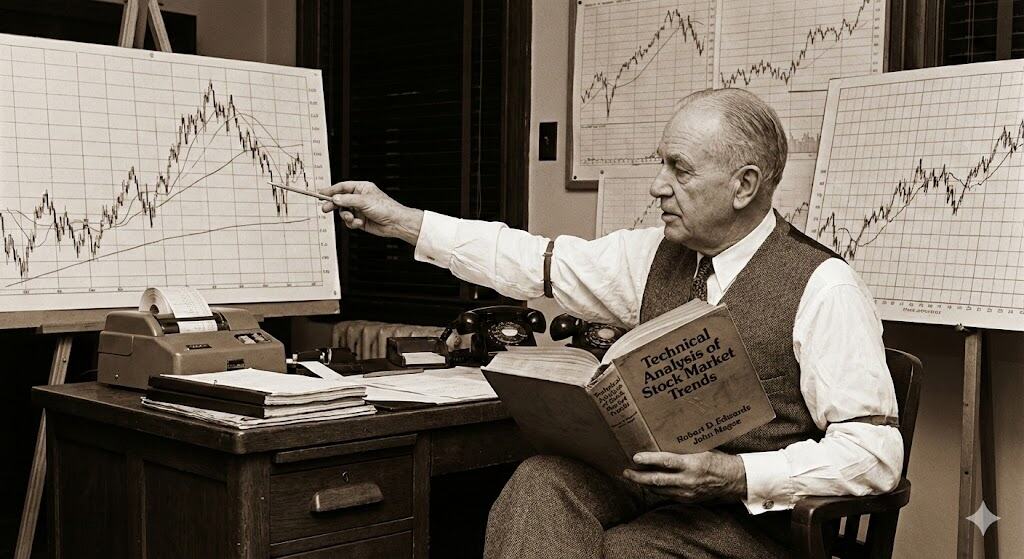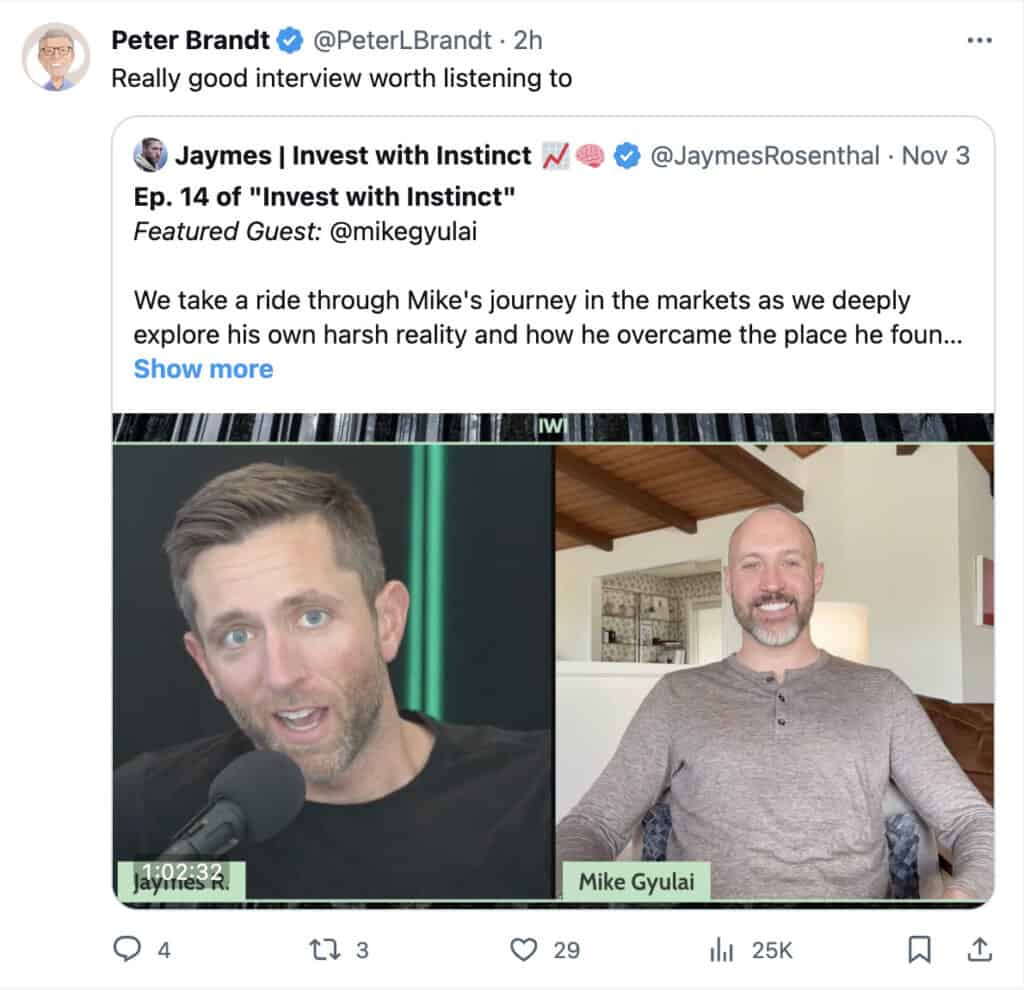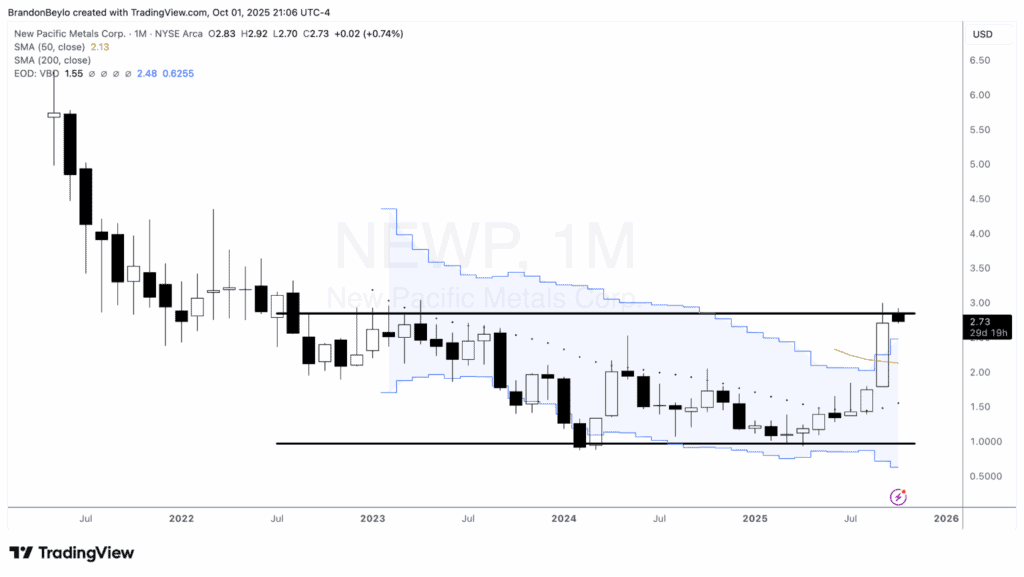“You dumb f*$@ing pig!! What the hell do you think you’re doing!?”
My sniper instructor screamed in my face after I had ID’d and shot a target on the stalk lane, all while remaining hidden. The beratement confused me. I had just successfully completed a stalk lane, and on one of my first attempts at Marine sniper school too. This is not an easy thing to do. Luckily, I had plenty of time to ponder my instructor’s “feedback” as I did push ups in a full ghillie suit with my rifle and gear strapped on my back.
I’ll explain a few of these sniper terms so you can understand the gist of what I’m talking about here.
- Pig: A non-flattering word hurled at those lowly scum training to become scout snipers. It’s an acronym: Professionally Instructed Grunt (PIG). Those in training hope to graduate sniper school and become HOG’s, which stands for Hunter of Gunmen.
- Stalk: At its most basic level, stalking is the art of movement. It’s when a sniper moves into position, sometimes extremely close to his target, with the intent of elimination while avoiding detection. A stalk lane is just an area of space a sniper is allowed to move in during the stalk exercise. It’s generally a kilometer long and maybe a hundred yards or so in width. The sniper starts at the opposite end of both his target and observers (the instructors with scopes trying to spot him) and then walks, crawls, and worms himself to within 200 meters of his target to take a shot. The goal throughout the exercise is to avoid discovery by the observers. It’s an extremely difficult task and is the primary reason most fail sniper school.
- Ghillie suit: The ghillie suit is the bush-like suit that you see snipers wear in movies. It helps camouflage our movement.
While doing pushups in my piss soaked ghillie (you can be on the stalk lane for hours, and it’s not like you can just stand up to go to the bathroom) my instructor asked me if I knew what I had done. I said, “yes, I successfully completed the stalk lane and eliminated the target without being compromised”.
To that, he responded, “wow, you really are a dim-witted window licker. Yes, you eliminated your target without being compromised… but you rushed your shot. By doing so, you lowered your chances of producing a killing hit, while raising your chances of being exposed. And in a combat situation, this means you raised your likelihood of failing your mission and getting killed.”
This made sense to me and I rushed to speak up to let my instructor know that I understood. But as I opened my mouth he yelled “shut your damn cock holster pig! I’m not done cracking an egg of knowledge over your undeserving pathetic grape (Marine speak for head).” I nodded in the affirmative.
“Listen.” he said. “If you ever make it as a sniper and get deployed on a live mission, you are going to be flooded with a wide range of emotions. Fear, excitement, hope, adrenaline, they’re all going to be coursing through your veins… this is normal. The danger is that you let these affect your decision making. Maybe you take a shot before you’ve fully doped out the target. Or maybe you pull the trigger when you don’t have a great visual. You can’t let this happen. Amateurs rush and Marine scout snipers are not amateurs. You need to operate with a detached machine efficiency. You need to practice infinite patience. You need to embrace the sniper motto of “suffer silently, silently suffer.”
The idea of practicing infinite patience made sense to me. Unfortunately, it took a lot of pain and suffering and many more months of getting thrashed in my ghillie suit before the importance of this concept fully sank in, and I began to practice it diligently. That knowledge ended up saving my life more than a few times later on during my deployments.
In sniping, I learned the art of patience and became a master of it. I would wait for days at a time, letting the right shot develop, never forcing it. I let my intuition tell me when the time was right.
Many years later, well after my career as a sniper, I had to relearn this art of infinite patience. The process was no less painful (though in different terms) and I was just as reluctant as before to fully adopt and practice the wisdom. But this time around, instead of being armed with a rifle, I had my computer. And my bullets were my uninvested capital, which I seemed hell-bent on firing off at the first semi-attractive trade I saw.
For years, I lost money on stupid trades that I should have never put on. Or I entered way too early, only to get shaken out before the stock ran like Usain Bolt.
My complete lack of patience didn’t just kill me through bad entries and poor trades either. It also cut my profits when I finally did catch a winner because I would always exit much too soon. I also missed good opportunities because I didn’t have any dry powder left after all my other subpar trades (all my capital was tied up).
The legendary trader Jesse Livermore once famously said:
And right here let me say one thing: After spending many years in Wall Street and after making and losing millions of dollars I want to tell you this: It never was my thinking that made the big money for me. It was always my sitting. Got that? My sitting tight!
Infinite Patience is the name of the game. Truly practicing this is impossible for most. The emotions created by markets are just too persuasive. They affect decision making and usually cause disastrous results. As my instructor would say “this is what amateurs do”.
The truth is, to go from amateur to pro, and to embrace infinite patience in investing, you have to go through large amounts of pain. I don’t see any other way around it. You’re going to have to lose money and make bad trades over and over again. Eventually, the pain sears itself deeply enough into your conscious to leave a scar as a constant reminder.
Paul Tudor Jones, one of the greatest fund managers alive, has said that he won’t hire traders who haven’t experienced major losses. He sees the experience as a necessary rite of passage that instills a subconscious respect for capital. It fosters good habits.
One of the toughest parts for me was suffering from a strong emotional fear of missing out (FOMO). I hate missing good trades. This urge still remains, but I have developed rules and systems that I follow which prevent me from trading hastily. I diligently follow this system because I have been hurt so many times by my own stupidity.
Now… I love waiting. I love sitting patiently and waiting for a trade to develop, never rushing. I let price tell me when the optimal time to enter is and when it’s a good time to take some off the table. I take satisfaction in the mastery I’ve gained over my own stupid tendencies and bad habits.
Just like when I was a sniper, I wait and wait and wait. I watch diligently. I let the trade come to me, knowing full well that if I miss this one, there’s another that’ll be just as good right around the corner. And then when the time is just right and the trade presents itself perfectly in my sights, I pull the trigger.
Your Patient Macro Operator,
Alex







